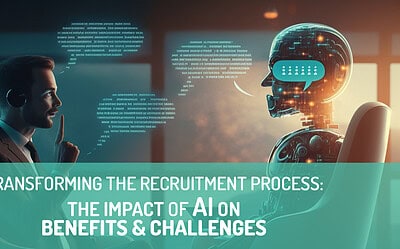The 21st century has seen an accelerating convergence of two of the most transformative forces in science and technology: artificial intelligence (AI) and biotechnology. This fusion—often termed Living Intelligence—promises to fundamentally reshape medicine, agriculture, environmental science, and even the nature of intelligence itself. As machine learning algorithms grow increasingly sophisticated and bioengineering unlocks the secrets of life at the molecular level, a new era is dawning where biology and computation no longer exist in separate realms, but as a single, synergistic system.

The Rise of Living Intelligence
Living Intelligence refers to the intersection where biological systems are enhanced, controlled, or understood through AI, and where artificial systems incorporate biological principles or materials to evolve, adapt, and function like living organisms. This is not merely about AI analyzing biology—it’s about AI becoming a tool to design and engineer living systems, and vice versa.
At the core of this fusion lie three key developments:
-
Biological Data Explosion: From genomic sequences to protein structures, we now have vast datasets that capture the complexity of life.
-
AI Algorithms for Life Sciences: Deep learning, neural networks, and natural language processing are increasingly used to model, simulate, and predict biological processes.
-
Bioengineering Advances: CRISPR, synthetic biology, and organoid research allow us to build and reprogram living matter, now often guided or controlled by AI systems.
Applications of Living Intelligence
1. Drug Discovery and Precision Medicine
AI is revolutionizing how we understand disease mechanisms and develop treatments. Traditional drug discovery can take over a decade and cost billions. AI shortens this by:
-
Predicting protein structures (e.g., AlphaFold by DeepMind).
-
Identifying drug candidates using generative models that simulate molecular interactions.
-
Personalizing treatments by analyzing a patient’s genomic, proteomic, and metabolic data to determine the most effective therapies.
This is especially impactful in oncology, where cancer treatments are increasingly customized using AI-driven analysis of tumors.
2. Synthetic Biology and AI-Guided Gene Editing
CRISPR and gene-editing technologies enable the rewriting of life’s code. AI enhances these technologies by:
-
Optimizing guide RNA sequences for accurate gene editing.
-
Predicting off-target effects and improving safety.
-
Designing entire genomes from scratch for synthetic organisms.
These capabilities have applications ranging from agriculture (drought-resistant crops) to biomanufacturing (engineering microbes to produce biofuels or pharmaceuticals).
3. Brain-Computer Interfaces (BCIs)
The boundary between biological and digital intelligence is dissolving. Projects like Neuralink aim to create high-bandwidth interfaces between the human brain and computers, allowing:
-
Restoration of lost functions (e.g., vision, mobility).
-
Enhancement of cognitive abilities.
-
Real-time communication between minds and machines.
AI plays a crucial role in decoding neural signals, translating thought into digital action.
4. Living Computers and Biohybrid Systems
Researchers are creating biohybrid systems—machines that incorporate living cells or tissues. Examples include:
-
Organoid intelligence: Lab-grown brain organoids that exhibit learning behaviors, trained by AI systems.
-
Biocomputing platforms: Biological circuits embedded in living cells that perform logical operations.
-
Soft robotics: Robots powered by muscle cells, capable of healing, adapting, and evolving.
These systems blur the line between living organisms and synthetic machines.
Challenges and Ethical Considerations
The promise of Living Intelligence also raises profound challenges:
-
Data Privacy: With AI analyzing genomic and personal health data, privacy becomes critical.
-
Bioethics: Editing the human germline, creating sentient organoids, or merging AI with human cognition raises ethical dilemmas.
-
Security: Synthetic biology tools could be weaponized if misused.
-
Regulation: The fusion of AI and biology outpaces existing legal and medical frameworks.
Balancing innovation with responsibility will be key to ensuring these technologies benefit humanity without causing harm.
The Future: Evolutionary Intelligence
Looking ahead, Living Intelligence may evolve into a new form of evolutionary intelligence, where:
-
AI learns from biological systems not just in function but in form—mimicking evolution, adaptability, and resilience.
-
Biology adopts AI principles—cells and organisms with programmable logic, real-time feedback, and neural-like processing.
-
Intelligence becomes distributed across digital and biological substrates, allowing a kind of cyber-biological ecosystem.
Such a future challenges our definitions of consciousness, agency, and life itself.
Conclusion
The fusion of AI and biotechnology is not a distant vision—it is already reshaping research labs, hospitals, and industries. Living Intelligence heralds a new paradigm in which machines can think more like life, and life can be engineered with the precision of machines. As we navigate this frontier, humanity faces the opportunity—and responsibility—to guide this convergence toward a future that enhances life, respects nature, and expands the boundaries of intelligence itself.



